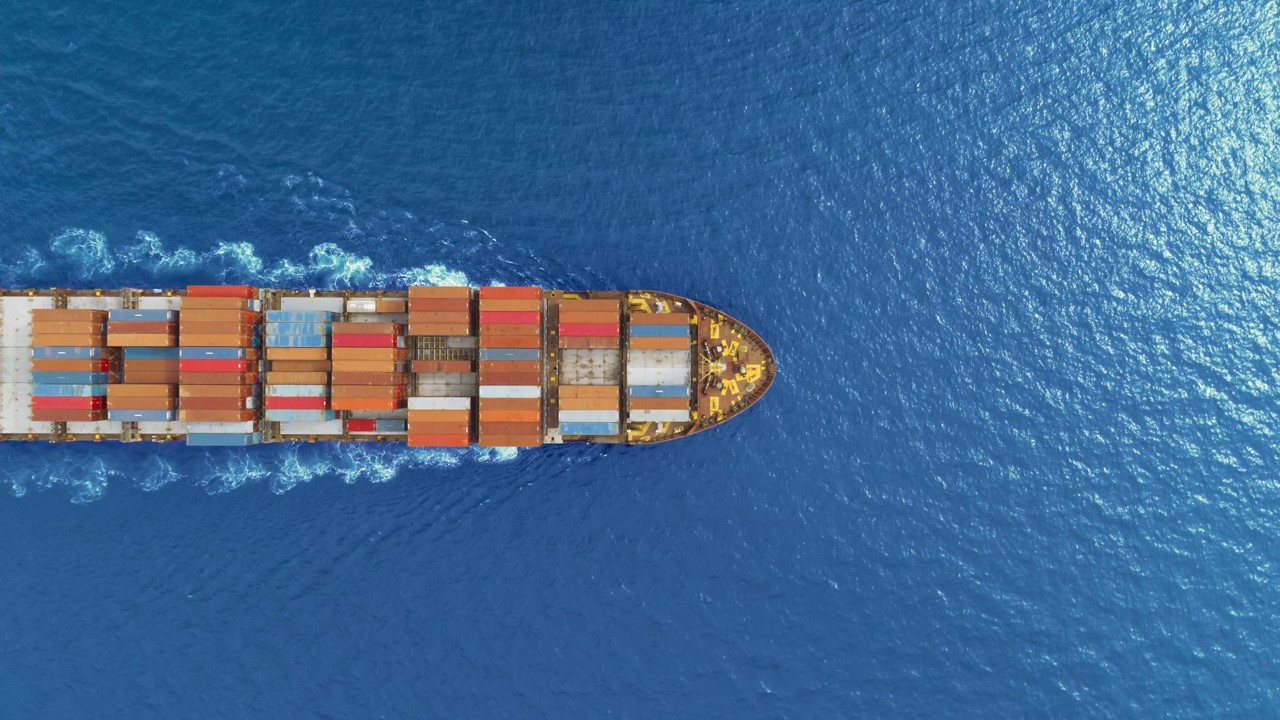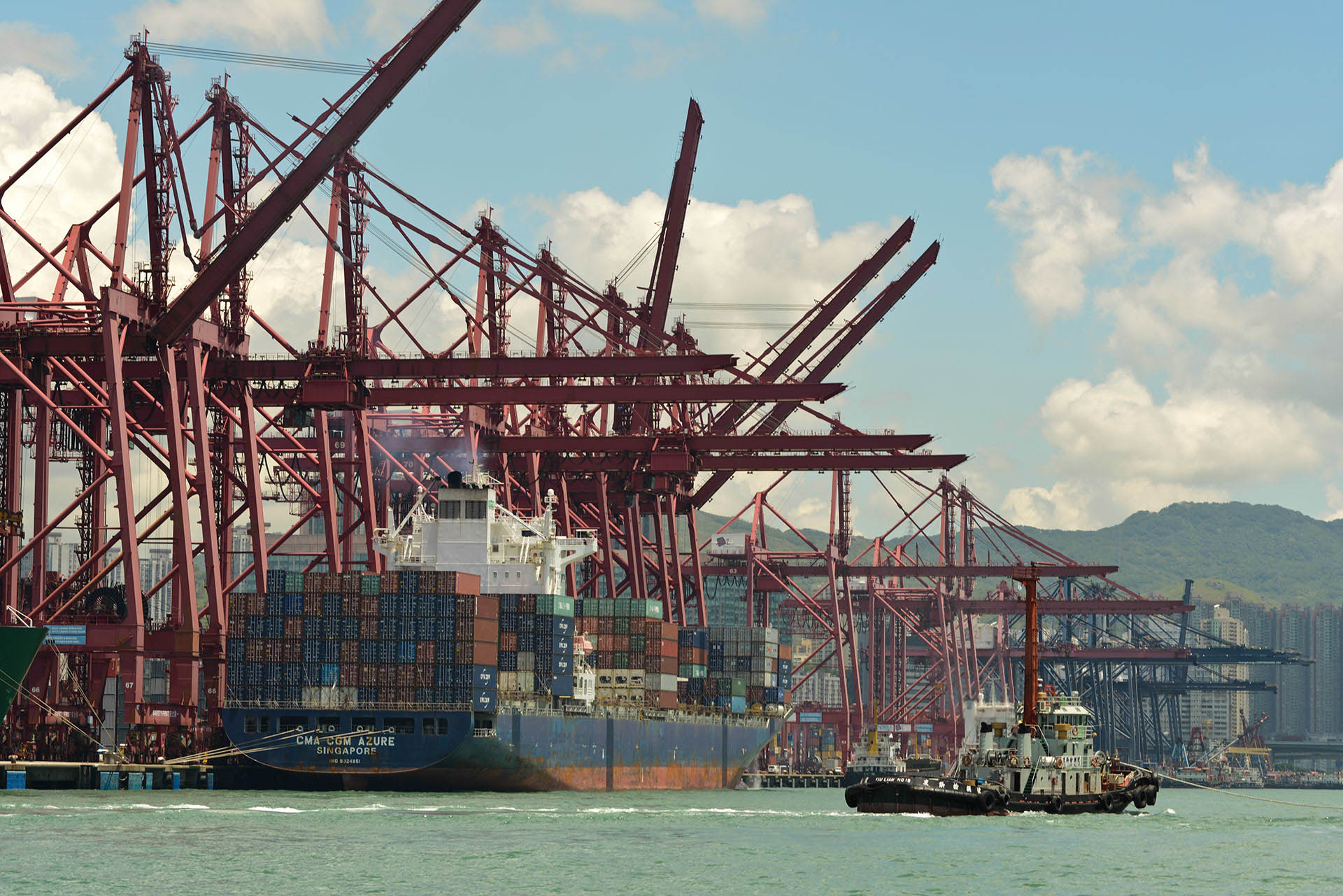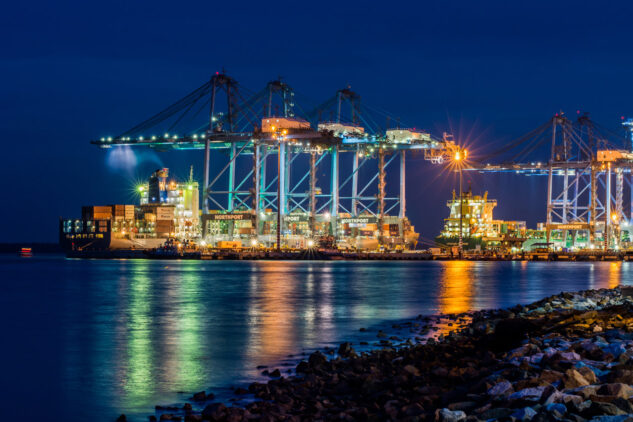Over the last 12 months, that shipping cost has been going up and up. But mid-July brought some much-needed respite from weeks of double-digit rises.
In its weekly World Container Index, supply chain advisory company Drewry has shown that the average cost of a 40-foot container is now more than four times higher than it was nine months ago.
Since April, the cost has gone from $2,706, to $5,901. To ship a container from China to North Europe – one of the busiest shipping trade lanes – has increased by 523 per cent vs last year. From China to the US west coast, the cost has increased by 320 per cent vs last year. And the to ship from China to the US east coast, the cost has gone up by 246 per cent.
These eyewatering numbers mean that the cost of shipping your goods now is so much more expensive than it was a year ago, albeit still significantly less than the previous pandemic peak. The average cost to ship a 40-foot container then was $10,377. But pre-pandemic? Well, the average cost was $1,420.
These are huge hikes in cost which are difficult to mitigate against.
But the pace of those increases, for the first time since early May, has slowed dramatically through July. So are the brakes finally being applied to rising costs? Or is this a slowdown before further acceleration? And what does it all mean for relocations?

What's caused prices to skyrocket?
First, let’s take a look again at the causes behind these big price rises, which we have documented at length over the last seven or eight months.
Houthi attacks in the Red Sea
Many of the reasons for shipping’s cost increase woes can be charted back to the situation in the Red Sea.
When Houthi rebels first began attacking commercial vessels in the Red Sea late last year, costs soared as shipping lines scrambled to re-route vessels for obvious safety reasons.
The solution was to divert vessels transiting between Asia and the US east coast and Europe away from the Suez Canal and Red Sea, around southern Africa, past the Cape of Good Hope. This caused port scheduling challenges, and – given that the route is 3,500 nautical miles more and takes 10 days longer – forced shipping costs up significantly.
Then, as those schedules stabilized, prices began to fall in early February. Drewry’s World Container Index showed that prices fell from a peak of $3,964 in January, to $2,725 in early May.
But since then, the price incline has been dramatic. Further port congestion – particularly at major hubs like Singapore, constrained capacity on vessels and increased demand because of a better-than-predicted economic outlook in 2024 have all contributed to demand outstripping supply.
Record demand and shifting of the peak season
Xeneta has recently reported that demand for ocean freight shipping hit an all time record in May.
And, with the Red Sea conflict showing no signs of easing through autumn – when stock for Christmas is typically being moved around the world – there has been a move by retailers to both book slots for autumn long in advance and bring in whatever goods they can now.
This means the “peak season” – which in shipping terms tends to last from mid-August through to mid-October, has been brought forward.


Panama problems and Baltimore barricaded
Other issues have contributed to shipping schedule disruption and cost increases, though in a less pronounced way than the Red Sea problems.
These include drought in the Panama Canal, which caused water levels to drop to the second lowest level in 110 years in 2023. This led to significant operational restrictions through late 2023 into the first part of 2024, but many of these have been lifted. The Panama Canal Authority has also detailed plans in recent days to develop a $1.6bn reservoir to address water shortages, which is due to be ready within the next six years.
In March, container ship Dali collided with the Francis Scott Key Bridge, causing it to collapse into the Patapsco River. That completely blocked the shipping channel into the Port of Baltimore, one of the most important logistics hubs on the US east coast. But the ship was moved and remaining debris cleared from the river in June, enabling the port to reopen.
Do prices look like they might start to come down?
Unfortunately, the answer to this is no.
There was some brighter news in Drewry’s July 11 World Container Index which showed the average price rise to be just one per cent, a marked difference from the preceding weeks of double-digit price growth.
But with the full effects of the peak season yet to be felt, it seems likely that costs will increase further before they come down. In its latest advisory, Drewry stated that it expected freight costs to “be high until the end of the peak season”.
It is widely considered that the key resolution to this situation is ships beginning to use the Suez Canal again. But the chances of that – especially in the coming months – are very slim.
In addition, the other key in this context is to increase supply. This means reduced congestion at ports (and there are signs of this happening at big hubs like Singapore) and more capacity on ships. But in a recent blog, Emily Stausbøll of Xeneta, freight rate benchmarking and market analytics platform, said: “Severe port congestion in Singapore is now improving and continued delivery of new ships will add to available capacity. But congestion will take time to fully de-pressurize and has spread to other major ports.”
It seems the best we can hope for currently is for prices to stay flat at their existing rate, or at least increase much less sharply than they have been.
Advice and how we can help
As we continue to see supply chain volatility, driven by maritime incidents, we are advising our customers in the coming weeks or months to:
- Bake additional lead time into plans as far as possible – considering the peaks and troughs in supply and demand trends
- Budget for increased transport costs
As always, feel free to contact Crown Logistics and we can work through the challenges that this situation is presenting together.